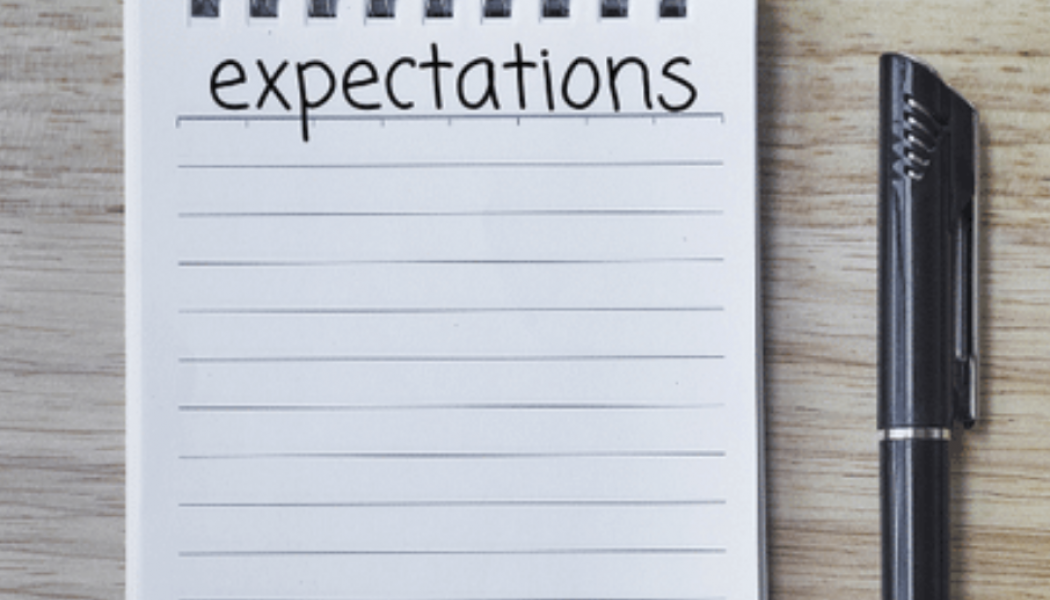
Lori Sabo
“What about him? Do you think he’s cute?”
“No.”
My mother and I frequently had this exchange during the ’70s, when I was a teenager. Whether walking the halls of the mall, sitting in church, or enjoying a rare meal out, she would prod again, “What about him?”
After one such inquiry, she finally said, “Well, when you see someone you think is attractive, let me know. I’m interested to see your type.”
I don’t remember how long after that I yelled, “Mom! Come here!” She raced into the living room where I was pointing at the television. “Him!”
She took one look at the ruggedly handsome Tom Selleck, said, “Oh honey, your standards are waaaay too high,” and walked back to the kitchen.
It still makes me chuckle.
High standards are something many of us have in education. A desire for each child’s success leads us to continue learning, refine lessons, collaborate with colleagues, and strive to make meaningful connections in our classrooms. But now, we may be feeling a wide chasm between reality and our standards. It is hard to connect with students when we can’t even see them on our screens. It is difficult to deliver highly engaging lessons where students can freely participate and respond without having to mute and unmute. And those in schools have the constant barriers of masks, Plexiglas, and physical distance that have dramatically changed the intimacy of one-on-one conferring, the powerhouse of so much of our instruction.
How can we balance high standards with realistic expectations?
In her article “5 Suggestions for Setting Realistic Expectations for Yourself,” Margarita Tartakovsky, M.S., shares tips that can easily be transferred to help us in our teaching lives.
Be clear on our values. The answer to this alone will help us determine our intention and clarify our focus.
Evaluate our expectations. Are they attainable given our time and circumstances? If not, adjust.
Quiet our fears. The author suggests that unrealistic expectations are often born from fear. Deep breathing can help us relax, identify tension and unhelpful thoughts, and move us to a place of calm instead.
Explore our not-enough story. This belief that we are not enough just as we are is common for teachers right now, and there are several ways we can start chipping away at it.
Identify the most realistic takeaway. Whether we are teaching online or in person, it isn’t anything like it was a year ago. Instead of focusing on perfect, we can zero in on what we want our students to take away from all of this, then figure out how we can create an experience that will make that a reality.
The author ends by saying we shouldn’t worry that letting go of our sky-high standards is letting ourselves off the hook. “Setting realistic expectations actually helps us grow and become more flexible. It helps us savor life and embrace the messy moments.”
Life is certainly messy right now. Aren’t you glad to know we can embrace it anyway?







